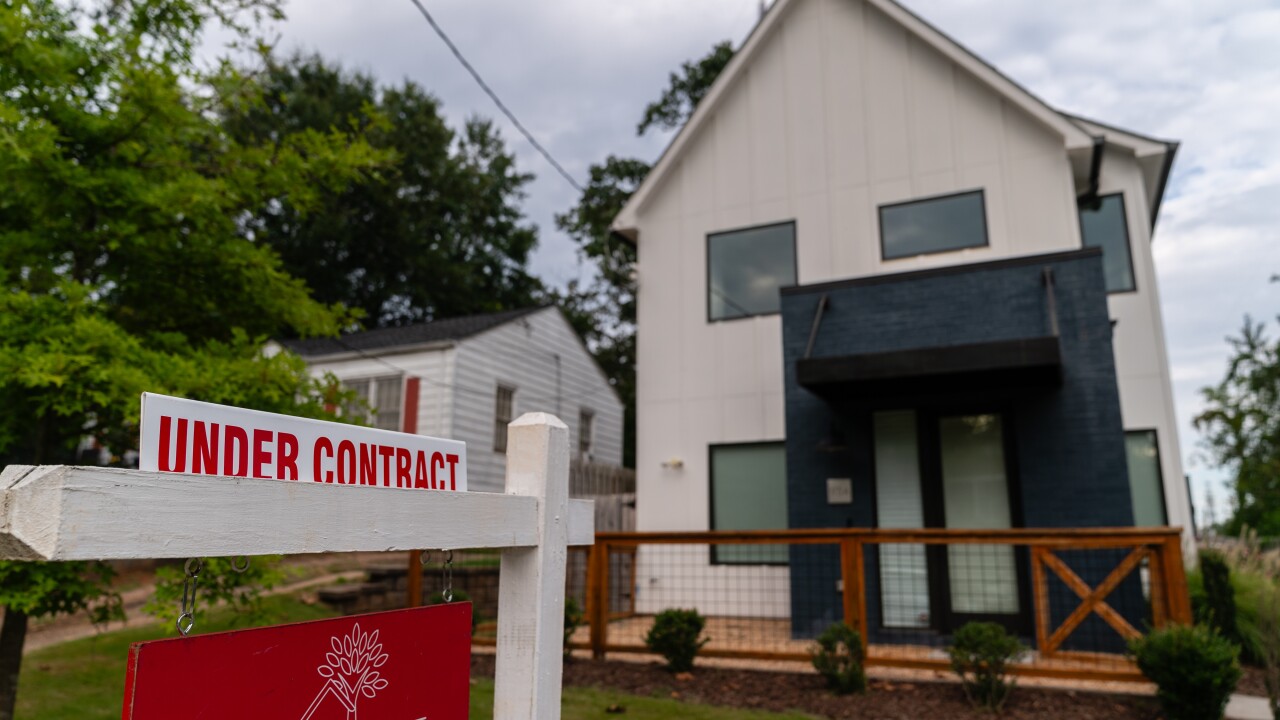
During the recent housing recovery the industry focus switched on operational efficiency and loss mitigation cost management, says Henry Santos, a managing director at Accenture Credit Services with decades of market experience.
"The whole market seems to have shifted attention from capacity to value,” he said.
Today the industry is at a point where foreclosure process efficiency is being redefined. “The pig is moving its way through the snake, and also there’s a lot of innovation in technology and workflow, from collections to modifications.”
Large banks no longer need large servicing staff, what they need is specialty servicing expertise that inevitably resulted in massive post-crisis layoffs as banks restructure their loan default management operations in times as
Going forward, he said, “Two different types of servicers have emerged.”
One servicer will be commodity-based, focused on GSE conforming loans with a 6% delinquency rate, earning 25 bps per loan annually, in other words, the kind that provides “low margin, high volume servicing,” he said.
The other will be a totally different shop that specializes in high-touch specialized servicing.
In his view, fewer and fewer shops will continue to offer in house, high touch servicing, “not even the top five servicers who are selling large portfolios of mortgage servicing rights.” In fact recent MSR sales announcements by Wells Fargo and other large banks have been associated with layoffs and outsourcing of special servicing.
It is very difficult to cost effectively run a shop that has to handle a high volume, low margin high-touch niche default servicing such as foreclosures, he said, “because they require different skill sets, different technology,” compared to running the classic back-office transactional scale of repetitive vanilla loan servicing.
Foreclosure processing requires a lot of data collection and management, eligibility assessments, and regulatory compliance that “turns servicing into a completely different ballgame.”
High volume and high touch loss mitigation processes simply are not a good match. In one word, it is all about "efficiency."
The bullet points, when shifting focus from capacity to value, start with foreclosure prevention, or loss mitigation efficiency before the 90-day default period that include constant efforts to innovate back office operations. It cannot be done “just by throwing bodies at it,” he added, it requires a combination of building cost effective processes and technology internally or by transferring these portfolios to a specialized entity that can do it better, faster, cheaper and in compliance with the CFPB.
“Without naming names, we’ve had transformational conversations with leaders in the industry about these issues,” who typically are concerned about efficient bankruptcy and foreclosure processes, he said.
It is the last piece of the puzzle in streamlining the loss mitigation process for all stakeholders in the mortgage transaction. But one way or another, servicers are stuck with it “since it will be around for a long time, but you may not necessarily have the revenue against it anymore.”
Foreclosure inventory declines are not yet significant enough to reach pre-crisis levels, but since REO properties remain
Compared to a few years ago when interest rates were sitting at historically low levels, the inventory loomed large and short sales seemed to be a booming industry, investor interest has dropped while interest rates keep moving up.
“Now the dialogue is about what to do with these properties that are in foreclosure or in the alt-A, jumbo category that fall outside of the GSE loan limits,” he said, because investors are seeing some competition from first-time buyers and move-up buyers interested in distressed properties in some specific areas with still high single-family foreclosure inventory.
For example, home prices in California, Florida, New Jersey and Illinois “dropped off of ridiculously high peaks,” he said, so there is demand for capital investments and liquidity. Plus many of those looking for bargains pay cash, he said.
The big question is how to invest and exactly where, he said, which brings on the biggest challenge to REO mangers and buyers, the judicial versus nonjudicial state regulatory differences. “When nonjudicial states are excluded from the overall foreclosure inventory, the foreclosure rate declines precipitously compared to 24 months ago,” but there is no way out from there.





